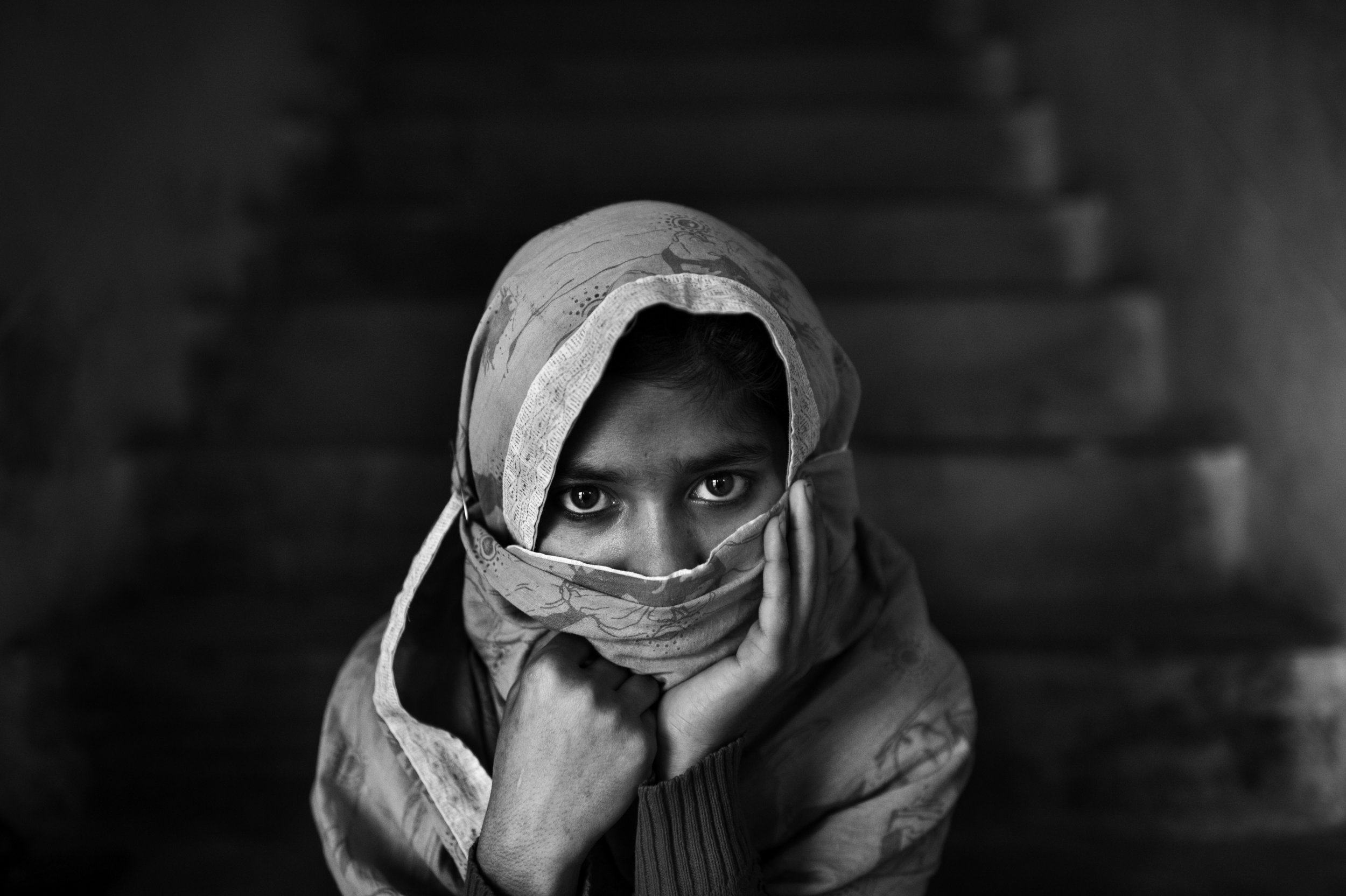Forced: Child Labour and Exploitation in Bangladesh
by Pep Bonet
According to Anti-Slavery International, bonded labour – or debt bondage – may be the least known form of slavery, yet it is the most widely used method of enslaving people. The International Labour Organization (ILO) estimates that there are about 250 million economically active children (individuals below 18 years old) worldwide. 61% of these workers – roughly 153 million – are in Asia. Around half of the economically active children are working full time and 20-30% – about 30 to 46 million – are in exploitative conditions or worse forms of child labour.
South East Asia is by far the region where slavery is most thriving and culturally complex.
Pep Bonet focuses on the issue of child labour and exploitation in Bangladesh where there are nearly 5 million children between the age of 5 – 15 working in hazardous conditions in factories, garages and homes, in railway stations and markets, in small foundries — many for little or no pay at all.
Bangladesh, Rajshahi, January 2013, Tania is a fifteen-year-old girl and lives at Dipalok 3 Drop in Centre, she arrived here when she was ten years old for training. When Tania was fourteen years old, she was forced to marry a twenty-one year old man with mental problems.
Bangladesh, Rajshahi, January 2013, Children working with adults at “Nice” brick factory. Their work is to stack bricks: for every 1000 bricks stacked, they get 20 Taka.
Bangladesh, Rajshahi, January 2013, Rasel is eleven years old and works at “Nice” brick factory. His work entails shifting and carting sand and mud from one place to another, as well as stacking bricks.
Shirin is nine years old and works at a brick factory named "Nice".
He is forced to work to help support his family and to cover his educational expenses. He goes to school, he is in class seven.
Although the law prohibits child labour, the practice is consistent throughout the region. Enforcement of existing laws is inadequate.
In rural Bangladesh, tens of thousands of people are working as bonded labourers. Sometimes entire families are bonded to their employers, struggling to pay back loans. These families include children: thousands of Bangladeshi children are being forced into bonded labour everyday and it all seems to go unnoticed.
Child labour is technically illegal but extremely widespread. Driven by poverty, it is often parents who are forced to push their children into work at an early age. Children need to go to school, if they don’t, they become the main engine to which poverty is transmitted from one generation to another.
Hasan is ten years old and works at a brick factory named "Nice".
His work is to stack bricks: for every 1000 bricks he stacks, he gets 20 Taka.
Hasan is forced to work to help support his family. He still goes to school and is in class six.
Sexual exploitation and trafficking of children is a problem affecting their psychosocial stigma, their health as well as their social recognition in the community. The victims are affected by poverty, low socio-economic status and cultural practices, which, in the northern part of Bangladesh, contribute to the vulnerable being further exploited by others for profit and forced labour.
The sex market is expanding at an unprecedented pace and touching every strata of society. Over the last decade thousands of Bangladeshi girls were lured under false circumstances and sold into the sex industries in different countries including Bangladesh.
Tania is a fifteen-year-old girl.
When Tania was fourteen years old, she was forced to marry a twenty-one year old man with mental problems.
She was beaten and she was also forced into prostitution but never saw any money, all her belongings were taken away from her.
Tangail brothel is one of the biggest brothels in Bangladesh; it was established around 1850, locally known as Kandapara. Kandapara brothel, one of the 14 official brothels in Bangladesh, is in the centre of Tangail district, next to the police station. Inside there are 800 rooms and around 900 commercial sex workers that work and live there, many of them are imprisoned against their own will.
The sex workers have to pay between 200/250 Taka each night for the rental of the room, and fights for clients are common amongst them as there are not always enough clients and the women are under pressure to pay the rental fee. The living conditions are poor, and there is no access to toilets and water. This creates a health risk as garbage and used condoms are thrown into the streets.
Trailer of Forced: Child Labor & Exploitation in Bangladesh by Pep Bonet / NOOR
Sometimes the girls are forced to take drugs like Oradexon (a steroid used by farmers to fatten the cows). It has become a common commercially sold drug, easily available in the shops in Tangail. It actually increases their appetite, making them gain weight rapidly, so they look healthy for their customers. The drug’s side effects include headaches, chest pains, skin rashes, gastric problems, swelling of the body, stomach aches, high blood sugar and pressure.
Rothy is a sex worker at Tangail Brothel, she is 17 years old now.
Rothy went to Dhaka in search of a better life and to find a job to provide for her family.
She was fooled by a broker and was sold to a “madame” at the age of 9 as a sex worker.
Note: All the real names of the children in this story have been changed to protect their identity.








